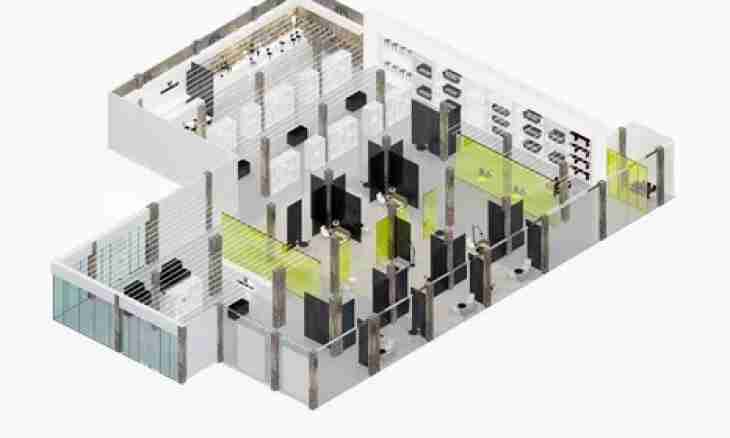Decimal numeral system – one of the most widespread in the mathematical theory. However with the advent of information technologies, the binary system became widespread not less as it is the main way of submission of information in computer memory.
Instruction
1. Any system notations is a way of record of number by means of certain symbols. There are position, not position and mixed numeral systems. Decimal and binary systems are position, i.e. the value of a certain figure in record of number is defined depending on what position she takes.
2. Positions of figures in number are called categories. In a decimal numeral system this role is carried out by number 10, i.e. each figure in number is number 10 multiplier in the corresponding degree. The number of categories starts from scratch, and reading happens from right to left. For example, number 173 can be read as follows: 3*10^0 + 7*10^1 + 1*10^2.
3. In a binary system the category of number is figure 2. Thus, only two numerical signs participate in record of binary number: 0 and 1. For example, number 0110 in detailed record looks so: 0*2^0 + 1*2^1 + 1*2^2 + 0*2^3. In a decimal system this number would equal 6.
4. Transformation from a decimal system to binary is implemented both for integers, and for fractional. A transfer of the whole decimal number is made by method of its consecutive division on 2. At the same time the number of iterations (actions) increases until private does not become equal to zero, and the total binary number registers in the form of the received remains from right to left.
5. For example, the procedure of transformation of number 19 looks so: 19/2 = 18/2 + 1 = 9, in the rest – 1, we write 1;9/2 = 8/2 + 1 = 4, in the rest – 1, we write 1;4/2 = 2, the rest is absent, we write 0;2/2 = 1, the rest is absent, we write 0;1/2 = 0 + 1, in the rest – 1, we write 1. So, after application of a method of consecutive division to number 19 binary number 10011 turned out.
6. When transforming fractional decimal number in binary at first the whole part is translated. Fractional it is transferred to the binary code by consecutive multiplication by 2 until the whole part which will give 1 in binary number turns out. The received figures register after a comma from left to right.
7. For example, number 3.4 in transfer to binary number looks so: 3/2 = 2/2 + 1, we write 1;? = 0 + 1, we write 1. So, the whole part of number 3.4 is equal 11 in a binary numeral system. Now we translate fractional Part 0,4:0,4*2 = 0.8, we write 0;0,8*2 = 1.6, we write 1;0,6*2 = 1.2, we write 1;0,2*2 = 0.4, we write 0; etc. Symbolical record of transformation of two numbers looks so: 3.4_10 = 11.0110_2.
